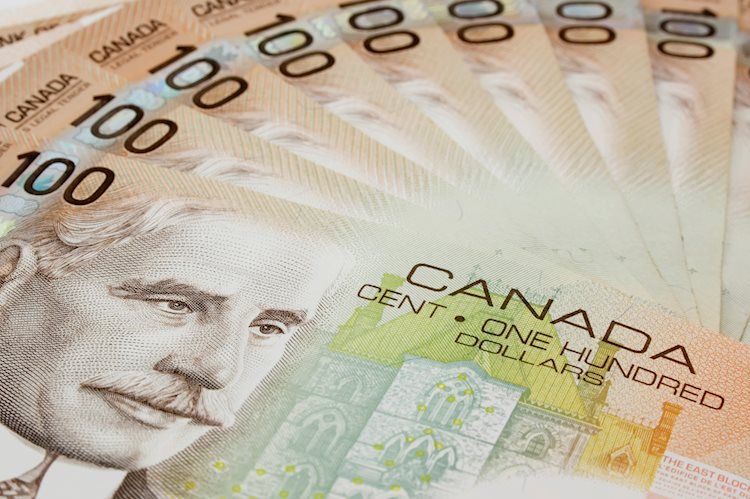The Canadian Dollar (CAD) was fairly stagnant on Monday, showing slight gains against the Antipodean currencies but losing ground against the US Dollar. Traders are awaiting the upcoming rate call from the Bank of Canada (BoC) on Wednesday, with a lack of significant economic data in the beginning of the week. The BoC is expected to implement a series of rate cuts due to pressure from financial markets and the housing industry, which is adversely affecting the Canadian economy.
Markets are anticipating another rate cut from the BoC in July following a previous cut in June. BoC Governor Tiff Macklem’s Press Conference after the rate call will provide insight into potential future rate cuts for the remainder of the year. Market expectations include approximately 65 basis points in cuts through December. The US Dollar saw positive movements on Monday, which may impact trading dynamics leading up to key US activity and inflation reports later in the week.
According to the current market data, the Canadian Dollar performed well against the Australian Dollar but saw minimal changes against other major currencies such as the US Dollar, Euro, and Japanese Yen. The technical analysis suggests that the CAD is being influenced by broader market flows, resulting in marginal gains against the Antipodeans and slight losses against the Greenback. USD/CAD is showing a bullish trend, with the pair expected to close Monday on a positive note.
Key factors driving the Canadian Dollar include BoC interest rates, Oil prices, the health of the Canadian economy, inflation, and the Trade Balance. Additionally, market sentiment and the US economy play crucial roles in determining the CAD’s value. The decisions made by the BoC regarding interest rates and credit conditions significantly influence the strength of the Canadian Dollar. The price of Oil, being Canada’s largest export, directly impacts the CAD value, with higher Oil prices typically resulting in a stronger CAD.
Inflation has a unique impact on the Canadian Dollar, with modern trends showing that higher inflation can actually boost the currency’s value due to increased demand from global investors seeking profitable investments. Macroeconomic data releases, such as GDP, employment, and consumer sentiment surveys, also play a vital role in determining the CAD’s performance. A strong economy typically leads to a stronger Canadian Dollar, attracting foreign investment and potentially encouraging interest rate hikes by the BoC. Conversely, weak economic data can lead to a decrease in the CAD’s value.









